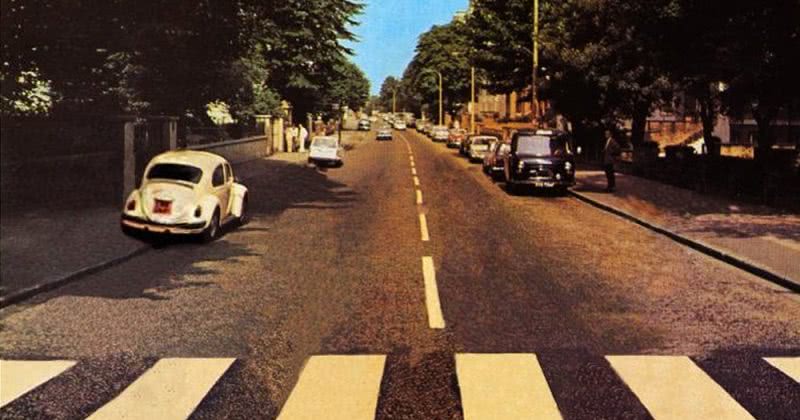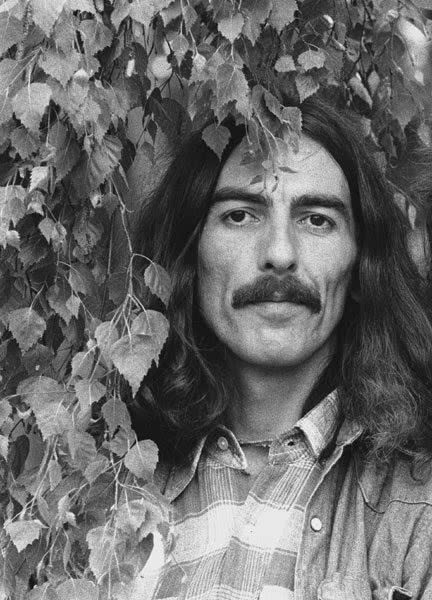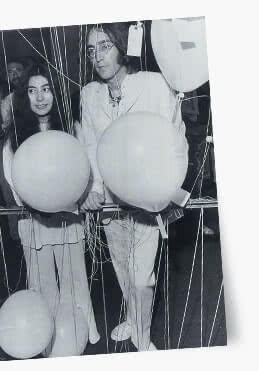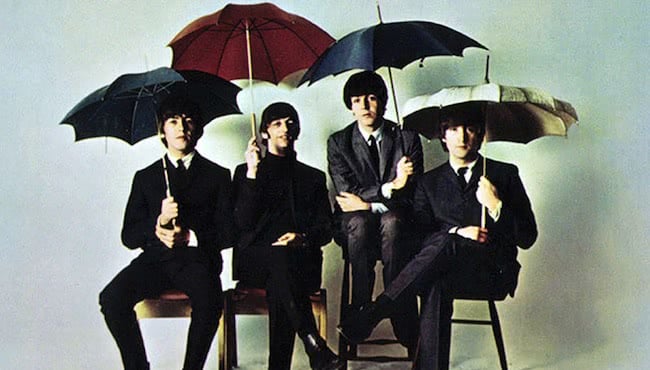In the first half of 1969, Beatles producer George Martin got an unexpected call from Paul McCartney: “We’re going to make another record – would you like to produce it?”
Martin was surprised as his relationship with the band had darkened in recent years.
During the 1968 double album The Beatles, McCartney, John Lennon and George Harrison had insisted they run their own sessions and effectively froze him out.
The sessions for Let It Be (made before Abbey Road but released the year after) had been so “unhappy” that Martin thought “What a shame to end like this.”
So when McCartney offered him the gig, Martin quickly replied, “Only if you let me produce it the way we used to.”’
McCartney: “We will, we want to.’
Martin: “John included?”
Love Music?
Get your daily dose of metal, rock, indie, pop, and everything else in between.
McCartney: “Yes, honestly.”
Martin: “Well, if you really want to, let’s do it. Let’s get together again…(but) If I have to go back and accept a lot of instructions which I don’t like I won’t do it…’

“You give me your funny paper…”
At the time, the Fab Four were coming off chart topping ‘The Ballad of John And Yoko’ and the Yellow Submarine animated film and soundtrack which had four new songs.
But inside the bubble, there were stressful management and legal issues, which would find voice in some of the songs.
“You never give me your money, you only give me your funny paper,” McCartney sings on ‘You Never Give Me Your Money’, written in New York and the first song to be recorded (from 3 pm on May 6) for the medley on Side 2.
At the time, he and Lennon faced losing control of Northern Songs, their company which published their songs, after ATV Music bought a majority share.
At the time also, after the 1967 death of manager Brian Epstein, McCartney tried to bring in his wife Linda Eastman’s urbane and wealthy father Lee to sort out the Beatles’ financial mess.
But the other three opted for tough talking New Yorker Allen Klein saying he suited their working class roots better – a decision they would soon regret.
To escape the stressful business meetings, Paul and Linda would head out of London to the countryside – hence the line, also from the medley, “One sweet dream, pack up the bags, get in the limousine.”

Harrison was relaxing after such a meeting at best friend Eric Clapton’s garden in Surrey, in the English countryside, when ‘Here Comes The Sun’ came to him.
So facing these issues, McCartney had told the other three before his call to Martin, “Put down the boxing gloves and try and get it together and really make a very special album.”
At the time Paul felt that The Beatles should go back on the road after four years to think as a unified band again.
“And in the end…”
Lennon by this stage was already feeling The Beatles had reached their use-by date, and was more focussed on art and peace activism with new partner Yoko Ono.
John felt The Beatles had become sabotaged by what he called “Paul’s granny songs”.
He’d wanted his ‘Revolution’ as the A-side of a single but the others went for Paul’s ‘Hey Jude’.
The same thing happened with ‘Lady Madonna’ and his similarly piano-based ‘Hey Bulldog’.
When the other three rejected ‘Cold Turkey’ he’d form the Plastic Ono Band.
With Abbey Road, Lennon wanted no orchestras, and was hated the idea of the medley, which Paul and Martin wanted.
Abbey Road was no exciting adventure for Harrison either.
On the Beatles Anthology special, he explains that the sessions for Let t Be – during which he left after McCartney’s bossiness got on his nerves – had been so unlovable that “we got back on the basis that we’ve got to just finish it up, make it tidy. So I got back on that basis.”
Work had begun as early as February with producer Chris Thomas on ‘I Want You (She’s So Heavy),’ ‘Oh! Darling’, ‘Octopus’s Garden’ and ‘Something’.
But the official start-date was July 1, 1969, when George Martin took over at EMI Studio 2, with recordings taking place between 2 pm and 10 pm.
Abbey Road features the early use of the moog synthesiser, a rare and cumbersome instrument owned by Harrison.
It is heard on ‘I Want You (She’s So Heavy)’ (Lennon), ‘Maxwell’s Silver Hammer’ (McCartney), and ‘Here Comes The Sun’ and ‘Because’ (Harrison).
Just another Northern song
Other anecdotes about the songs:
* ‘Come Together’, written at Lennon’s and Ono’s second bed-in event in Montreal, saw him sued because he used the line ‘here comes old flattop’ from Chuck Berry’s’ Catch Me If You Can’.
* George’s ‘Something’ was the stand-out of the album. He’d written it for his wife Patti.
Initially he thought of Joe Cocker singing it. Frank Sinatra would call it “the greatest love song of the past 50 years.”
* John was lying on a sofa listening to Ono playing Ludwig van Beethoven’s Moonlight Sonata on the piano.
He jumped up and asked, ‘Can you play those chords backwards’. He wrote ‘Because’ around them. Harrison played moog and Martin the opening harpsichord.
* A piano book that McCartney spotted at his dad’s house included a poem by 16th century English playwright Thomas Dekker.
They went “Golden slumbers kiss your eyes / Smiles awake you when you rise / Sleep, pretty wantons, do not cry / And I will sing a lullaby.”
* ‘Sun King’ needed 34 takes, the 20th is included in the new 50th anniversary deluxe set, as is the original demo.
* McCartney also cut two demos for Abbey Road but which went to his prodigies, ‘Come And Get It’ to Badfinger, and ‘Goodbye’ to Welsh singer Mary Hopkins. Both were hits.
* For the vocals for ‘Oh! Darling’ McCartney came in early for a week to capture the raspy tone he was looking for. “I wanted it to sound as though I’d been performing it onstage all week,” he explained.
* Ringo Starr wrote ‘Octopus’s Garden’ inspired by a trip to Sardinia aboard actor Peter Sellers’ yacht.
* Everyone hated McCartney’s ‘Maxwell’s Silver Hammer’. George called it “fruity”, Starr reckoned it was “the worst track we ever had to record.”
Even more excruciating, Paul had them recording it repeatedly (“fucking weeks”, groaned Ringo) until he was happy with it. To no one’s surprise, Lennon refused to be on it, saying he was recovering from a car accident in Scotland.
* ‘The End’ features the only Ringo drum solo on a Beatles track.

* ‘I Want You (She’s So Heavy)’, about Yoko Ono, initially ran as an eight minute jam. When playing it back, at the 7 minute 44 second mark, Lennon told the engineer, “Cut it off there”, hence its abrupt ending.
The album’s final sequencing on August 20, 1969, was the last day all four Beatles were together in the studio.
* On September 20, Paul was still pushing for The Beatles to tour small clubs and colleges.
John snapped back, “You’re daft, I’m leaving.”
Released on September 26, 1969, Abbey Road sold four million copies in its first two months – and by 2011 hit the 31 million mark.
John went on to the Plastic Ono Band, George and Ringo made solo albums, and Paul McCartney & Wings went off to conduct McCartney’s vision of turning up unexpectedly at colleges across Britain and offer to play that night.
The new 50th anniversary set, sees the original 17 track newly mixed by producer Giles Martin and mix engineer Sam Okell in stereo, high res stereo, 5.1 surround, and Dolby Atmos, accompanied by 23 session recordings and demos, most of which are previously unreleased.

































